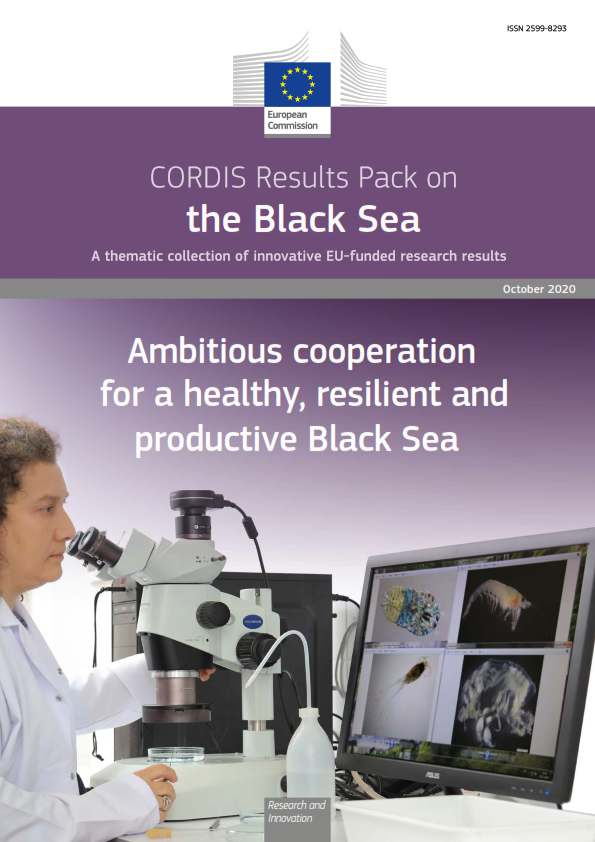EU-funded researchers have developed and patented tools to make photovoltaic generation more reliable, cost-effective and easier to integrate into the grid, providing a boost to solar power SMEs and helping to make sustainable energy more attractive to businesses and end users. Commercial spin-offs are marketing the results in Europe and beyond.
“The main objectives of the PVCROPS project were to improve the performance, reliability and lifetime of photovoltaic (PV) systems, reduce PV energy costs and enhance PV integration into the electrical grid,” explains project coordinator Luis Narvarte from the Universidad Politecnica de Madrid, Spain.
To accomplish this, the team developed tools to calculate investment cost, energy production, operational and maintenance costs, and then made these tools available via the project website. The first set of design tools are composed of technical specifications and quality control procedures, oriented towards increasing PV system performance and capable of assigning responsibilities in case of underperformance. Tools capable of automatically detecting performance failures in PV plants have also been developed.
A second set of tools aims to predict both PV production and PV power fluctuations, and also energy management strategies and the corresponding toolboxes for the integration of batteries in PV systems.
“At the end of the project, an analysis of more than 30 000 PV systems across Europe demonstrated that our tools can improve performance by 9.94 %. PVCROPS has also produced the most comprehensive database of PV power fluctuation,” says Narvarte.
Promoting cost-effective solar power
Accessed through the project’s open-source simulation platform, the new design tools help users to identify how lower costs can be achieved and solar power performance enhanced, thus boosting investment and confidence in PV. The interface gives users the opportunity to customise the simulation based on exact location (longitude, latitude and altitude), meteorological data, PV characteristics and much more. The team has also prepared a manual of best practices for implementing PV systems to improve quality and reduce cost, available in eight languages.
“These online documents and toolboxes are free to use, and will help spread knowledge of the project’s marketable solutions,” says Narvarte. “The more our solutions are known, the more chance there is that our marketable solutions will be taken up.”
Creating solar sector opportunities
Indeed, the project’s innovations will not only help businesses and end users to see the potential of solar power, but will also create opportunities for the project’s SME partners. “A total of 13 marketable tools have been developed, together with corresponding exploitation plans,” says Narvarte. “Ten patents are now in place to protect these new developments and to allow the commercialisation of results. A number of seminars and technical visits have been organised to encourage market uptake and to provide general advice.”
In addition to providing access to the new tools, the project website also gives users the opportunity to explore PV business opportunities from the standpoint of an investor or industry developer. The project team has in fact developed two different versions of the tools for the prediction of PV power: one open-source and free, the other ready for commercialisation.
“The next stage is very promising,” says Narvarte. “The performance analysis we carried out showed that our set of design tools can effectively improve performance and detect performance failures. Consortium partners are continuing to work on market uptake of our innovations, and looking not only to Europe but also to other emerging PV markets such as Chile, Mexico, South Africa and Australia. Two spin-off companies have been created, and several contacts with external companies have taken place.”
Project details
- Project acronym:PVCROPS
- Participants: Spain (Coordinator), Portugal, Bulgaria, Ireland, Morocco, France, Belgium
- Project Reference N° 308468
- Total cost: € 5 395 951
- EU contribution: € 3 798 605
- Duration:November 2012 - October 2015










